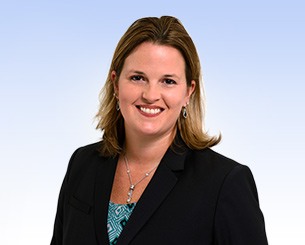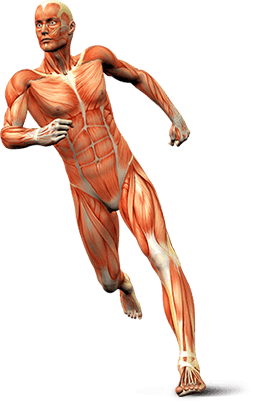Osteochondral Autograft
Osteochondral autografting (OCG) is a surgery to repair damaged articular cartilage that lines the ends of bones in a joint. An osteochondral autograft is a piece of tissue taken from a healthy section of the joint and transplanted to replace the chondral defects in the joint. There are two techniques used in osteochondral autografting: mosaicplasty and osteochondral autograft transfer system (OATS).
Disease Overview
The articulating surfaces of all the joints in the body are lined by a soft tissue called articular cartilage, which cushions the ends of the bones. This allows easy gliding of the bones during movement of the joint. Injury and wear-and-tear can damage the cartilage, making it rough and sometimes exposing the underlying bone. This leads to painful rubbing of the bones of the joint and disability.
Indications
Osteochondral autografting is most commonly carried out to treat chondral defects of the knee. It is indicated for:
- Small areas of damage, within 1 to 2cm2
- Having symptoms of pain, swelling and catching
- Localized, full-thickness injury
- Patients under 50 years of age
- Active patients with high physical demand
Surgical Procedure
The implantation of osteochondral autograft is performed arthroscopically, under general or spinal anesthesia. Small incisions are made and an arthroscope, a narrow lighted tube with a camera, is inserted to give your surgeon a clear view of the surgical site.
First, the cartilage defect is prepared to receive the graft, by removing all the damaged tissue. Depending on the extent of damage or size of the lesion, your surgeon will decide on performing either mosaicplasty or OATS.
A portion of the non-weight bearing part of the joint is selected and exposed. Mosaicplasty involves the removal of multiple plugs of cartilage and underlying bone. Tunnels may be drilled to accept the individual graft plugs. The graft plugs are individually press-fit into the defect. Once all the grafts are implanted, the defect appears as a mosaic pattern.
The procedure for OATS is similar to mosaicplasty, except that in OATS, only one or two larger plugs are removed to fill the cartilage defect.
Once the implantation is completed, the incisions are closed and covered with a dressing.
Post-Operative Care
Following the surgery, a brace may be applied and you will be instructed to use crutches and limit bearing weight for the first 2 weeks. Your surgeon will prescribe medication to reduce pain. Early movement is encouraged, and you will be gradually introduced to physical therapy, which will be continued for 8 to 12 weeks. Your brace will be removed in about 6 to 8 weeks.
You may be able to return to your activities in 6 to 8 months.
Advantages & Disadvantages
As the graft is taken from your own body, there is a higher chance of successful donor graft incorporation and less risk of immune-mediated graft rejection.
The disadvantage of this procedure is the technical difficulty involved and limited donor site areas.
Risks and Complications
As will all surgical procedures, the transplantation of osteochondral autografts may be associated with certain complications such as
- Pain
- Bleeding
- Graft fracture
- Avascular necrosis or tissue death in case of multiple graft harvesting
- Loose bodies




 Home
Home












